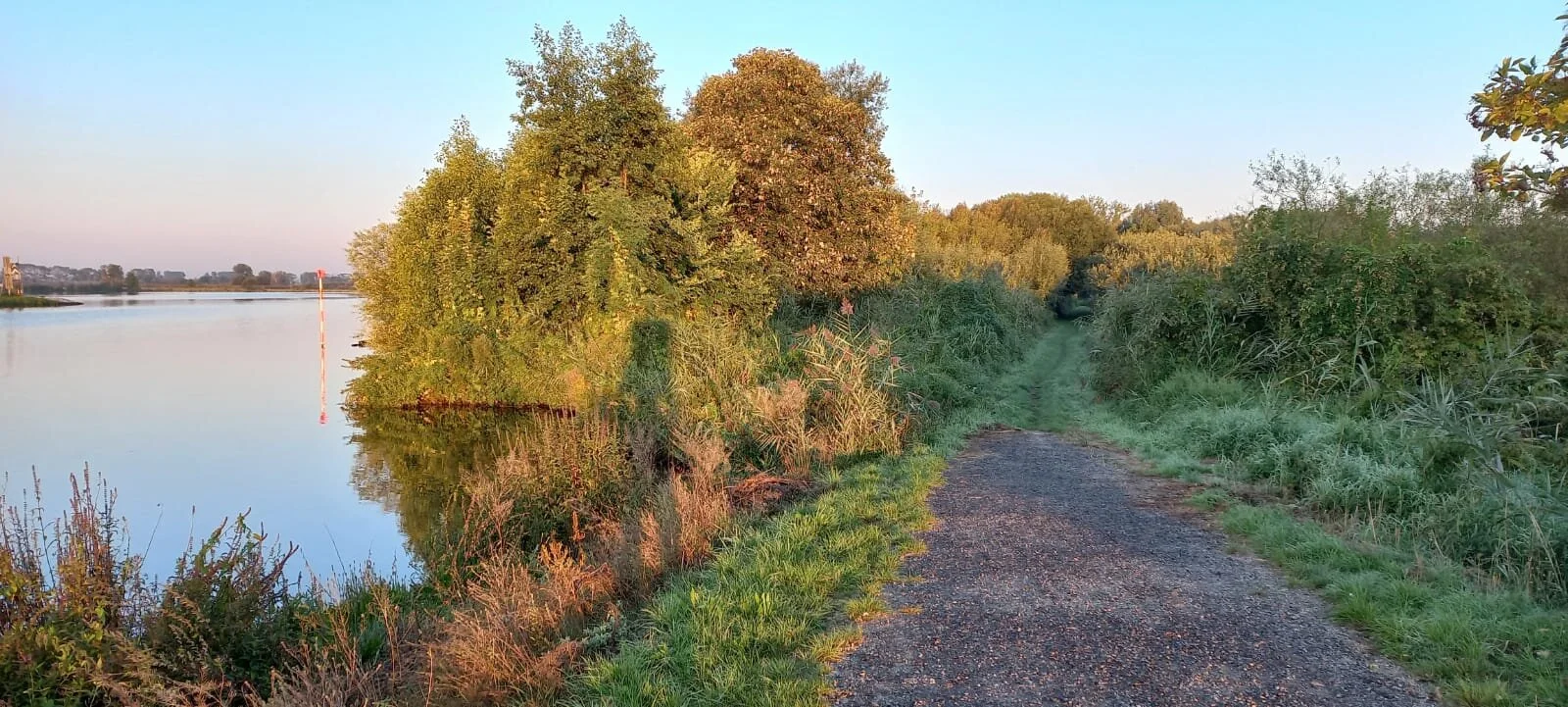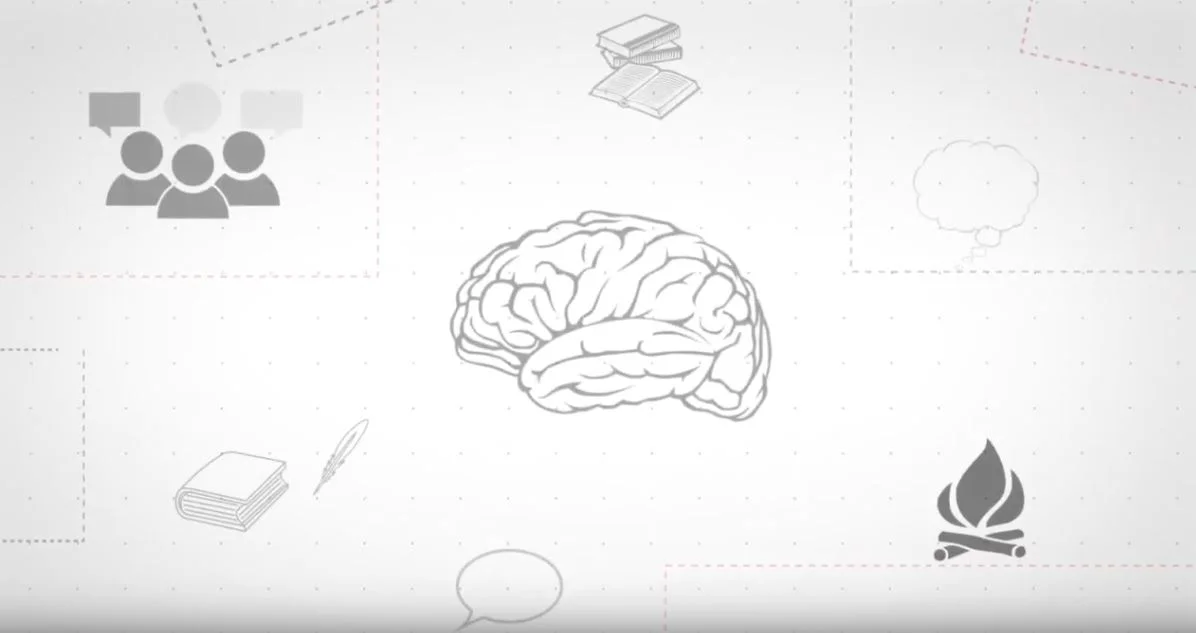We will share an experience of using a mythological creature (the Chimera) and organizational metaphor analysis (see, e.g., Gareth Morgan’s Imaginization) to guide people through the process of crafting stories about how they envision themselves and their organizations as multi-faceted or hybrid organisms—reflecting on their past, present, and future possibilities—with the aim of valuing the diversity of that community while also promoting a collective, collaborative identity.
During the workshop, facilitators will briefly share the case study behind this workshop (10 minutes) then lead the participants through a series of interactive storytelling activities to reflect on the “chimeric” characteristics of themselves and of their organizations (70 minutes) and close with a time for reflection and further discussion (10 minutes).
The background of this workshop is a case study at an Art and Design college with a diverse international student population (California College of the Arts in San Francisco, USA). Students, faculty, and staff adopted as the school mascot the Chimera: a fantastic beast from Greek mythology—part lion, goat, serpent, and dragon. The term “chimera” in English has come to mean any dazzling, seemingly impossible, or ingenious combination of things, so until recently there was no single visual symbol for this mascot and no single definition of it; instead, our artists composed many different chimera. This seemed fitting for a community where everyone celebrates their own uniqueness. But when a symbol can mean almost anything, it can become vague rather than unifying. Student Life leaders developed a series of campaigns to help people at all levels of the organization see themselves as chimera, using visual and verbal storytelling to bring people together to compose and communicate that message.
What participants will get out of the workshop is: 1) A critically reflective and creative learning experience regarding their personal and professional identities; 2) a set of tools and examples for facilitating hands-on “maker-space” type experiences with colleagues (using visual methods such as collage along with creative writing prompts) for metaphorical storytelling and dialogue within their organizations; 3) an annotated bibliography of resources for further reading and exploration about this approach.























